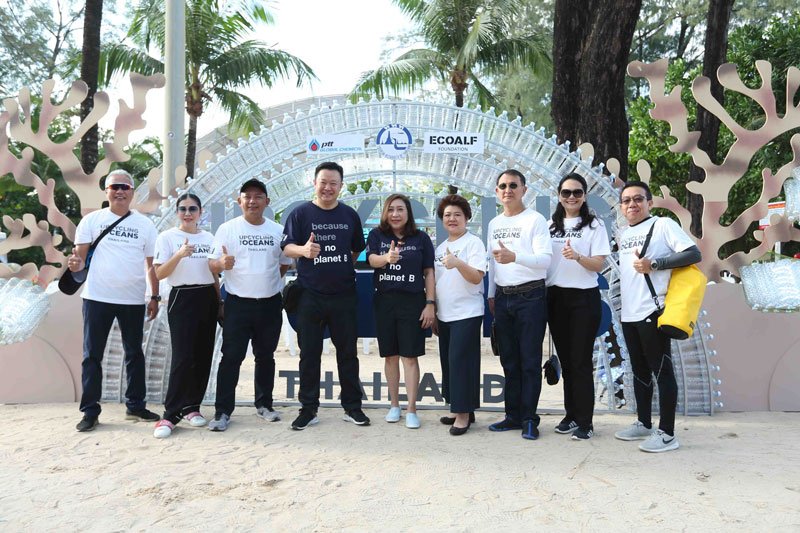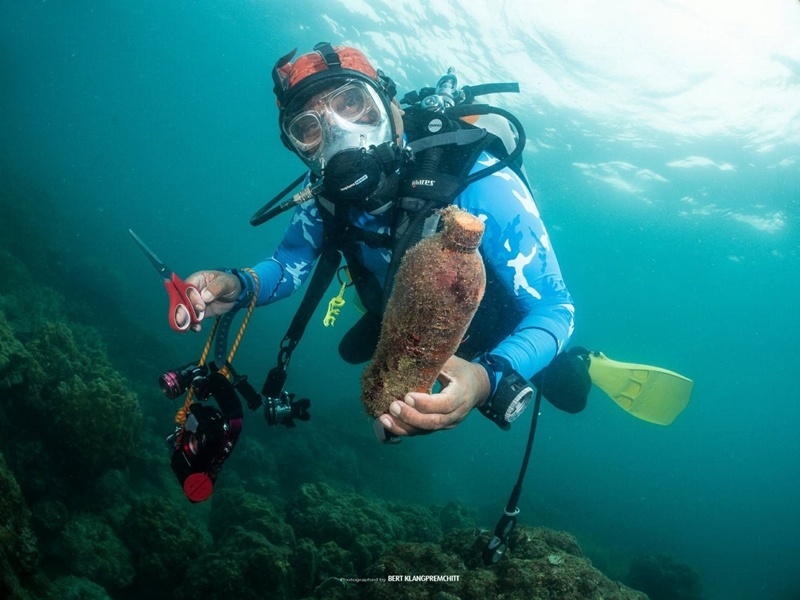Feature Stories
When bioplastic is not always biodegradable! A simple way to spot real bios or biopsies
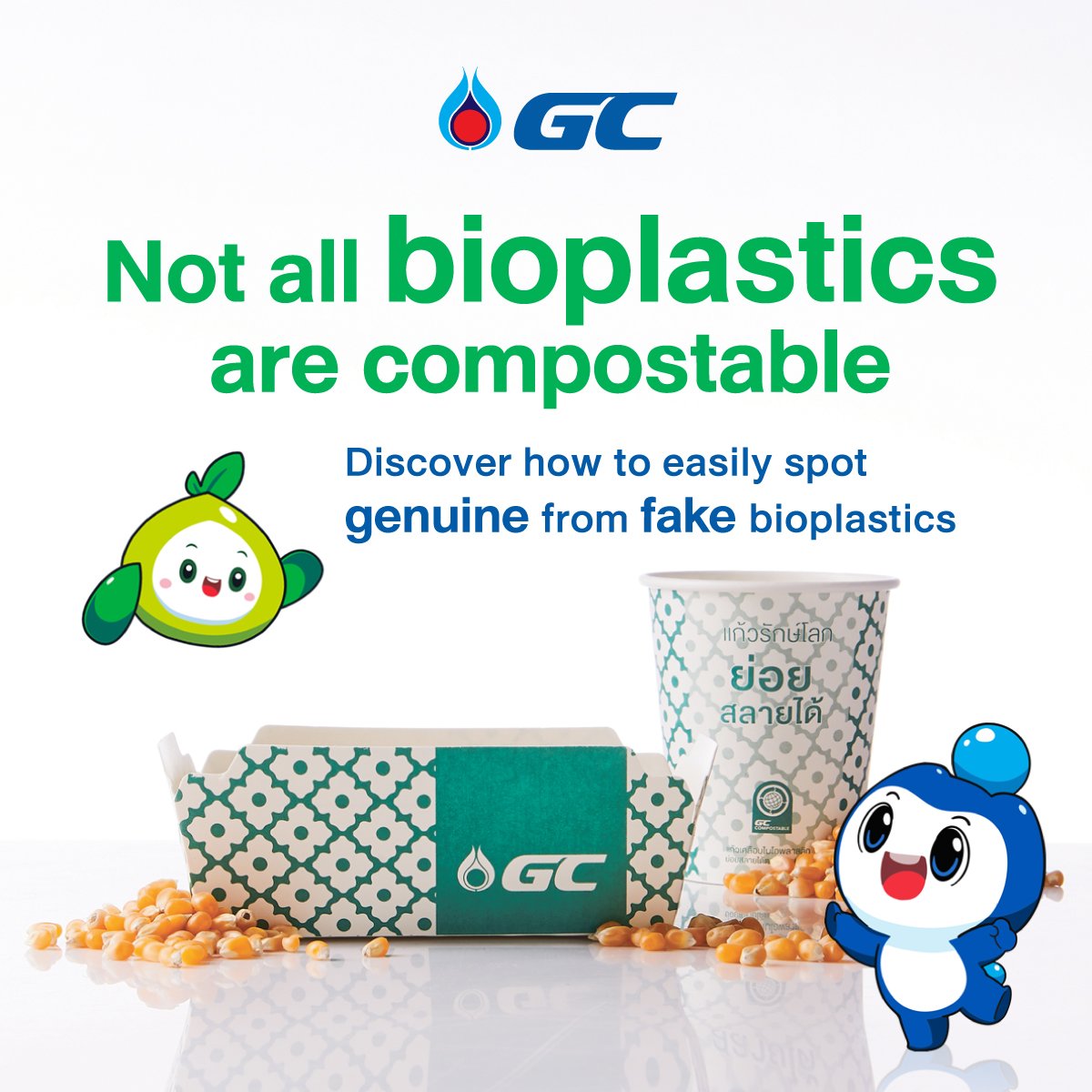
It's worth noting that ‘plastic’ has special properties, which other materials cannot offer in terms of toughness, water resistance, and cost-effective pricing. This has led to plastic becoming one of the most important materials used in the production of various packaging that we use in our everyday lives. However, most are single-use plastics which have become indispensable.
Unfortunately, this has resulted in environmental problems given the way we manage plastic waste – and not because of the plastic itself. A focus on the proper waste separation from the source or its efficient reuse has resulted in the development of an innovation called bioplastic, a useful alternative that provides an easier and better approach to environmental protection, resulting in less pressure over concerns about traditional waste management.
Most bioplastics are made from sugar from plants such as sugarcane, maize, and tapioca, and have a key beneficial property – its compostability under suitable conditions. This results in rapidly reducing the processing time it takes to decompose.
However, nowadays traditional plastics produced from petroleum are often falsely claimed to be bioplastics, which are biodegradable. In fact, they are just a type of traditional plastic with additives making them breakable into tiny pieces which we cannot see. In other words, they turn into microplastics which contaminate the environment and are simply referred to as ‘fake bioplastics.’ Let’s see how we can differentiate genuine from fake bioplastics.
Types of bioplastics
First, let's get to know each type of bioplastic.
Biodegradable Plastic is a broad term used to define bioplastics with degradable properties. However, there is no consensus over the exact definition of biodegradability, which can be measured through standardized testing over a specific period of time.
Compostable Plastic is a bio-based plastic that is certified to decompose within a period of time and requires suitable environmental conditions and factors such as bacteria, temperature, air, and moisture, which breaks down the compostable plastic into carbon dioxide, water, organic compounds, and humus (soil fertilizer). At the same time, there is another type of plastic called ‘home compostable plastic, that degrades under mild environmental conditions underground that takes about one year. Most importantly, it can be 100% biodegradable, and there is absolutely no danger to the environment
OXO Biodegradable Plastic is a simple plastic made from petroleum but with additives. When exposed to accelerating factors such as sunlight, it will break down into tiny microplastics that may not be visible. But they will not decompose, and instead pollute the environment. This is known as fake bioplastic.
How can you spot genuine from fake bioplastics?
The type of plastic and the certification mark are clearly indicated on the packaging.
Genuine Bioplastic has a label confirming that the raw materials are compostable along with international standard certification marks such as ASTM D6400, ISO17088, and TIS 17088.
Fake Bioplastic has a raw material verification label confirming that they are OXO Degradable, Degradable, EDP and often referred to as the ASTM D5511 certification mark.
Therefore, please be cautious for any claim of “Biodegradable” without correct certifications of Genuine Bioplastic.
Get to know GC Compostable, the label that guarantees the quality of bioplastics.
After learning the different types of bioplastic packaging, there is one more way to certify a genuine bioplastic, and that’s the GC Compostable label, a verification label on the material that shows it is made from compostable plastics produced by GC, or GC Group with the quality assurance of business partners. This label is one of the ways we demonstrate our commitment to developing innovative plastic products that are environmentally friendly.
Any packaging certified with the proper label can guarantee the quality of bioplastic, that is to say 100% genuine and compostable, which breaks down into soil becoming humus (soil fertilizer) water and carbon dioxide without resulting in microplastics. It is possible to deal with plastic waste and resolve environmental issues with the efficient use of the right plastic.
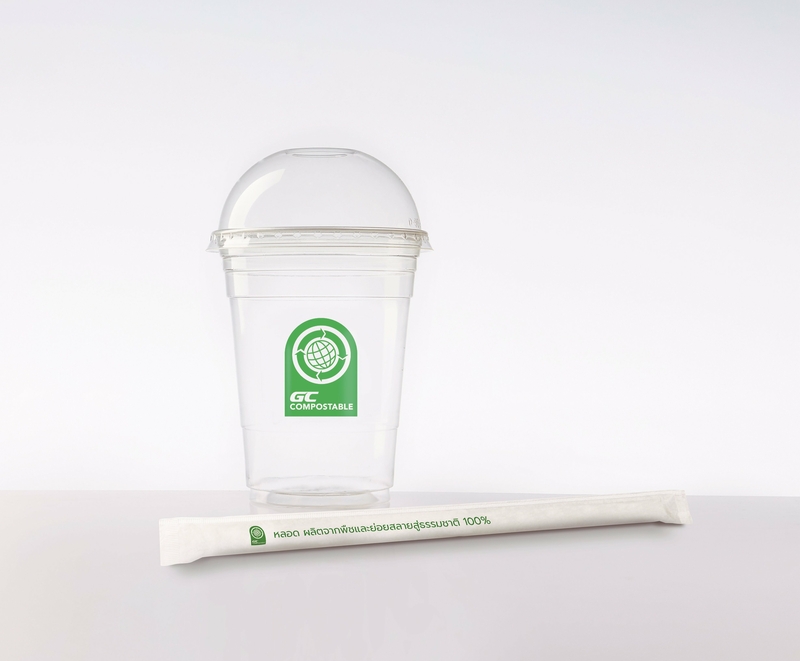
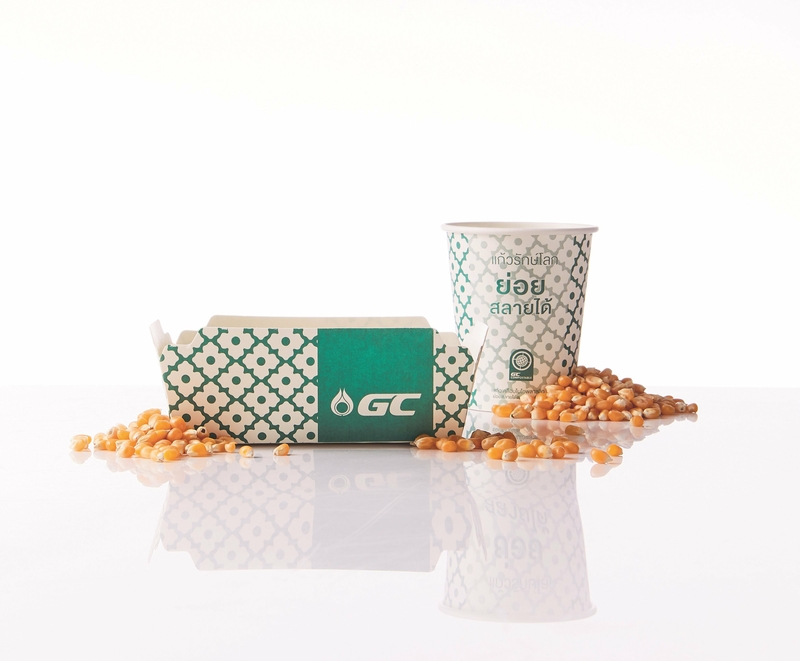
Feature Stories
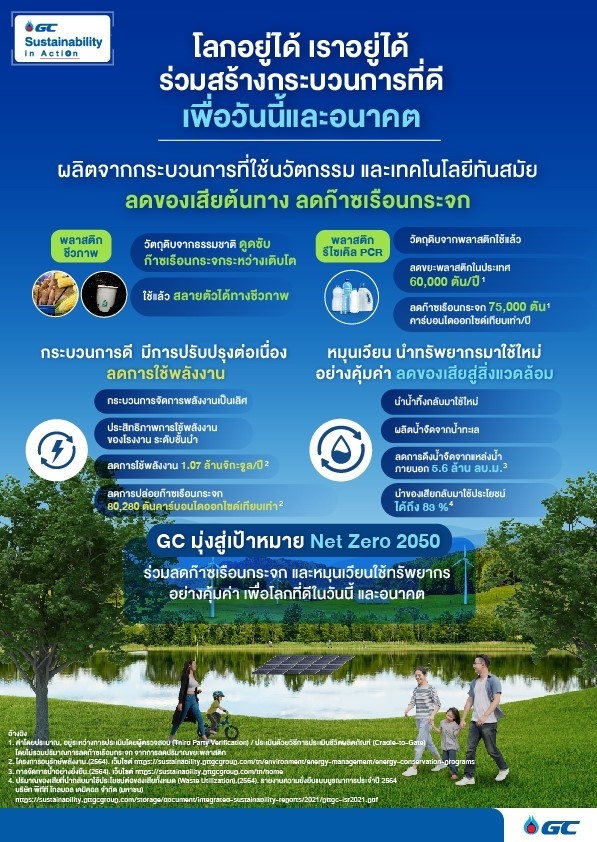
โลกอยู่ได้ เราอยู่ได้ ร่วมสร้างกระบวนการที่ดี เพื่อวันนี้ และอนาคต
Read More